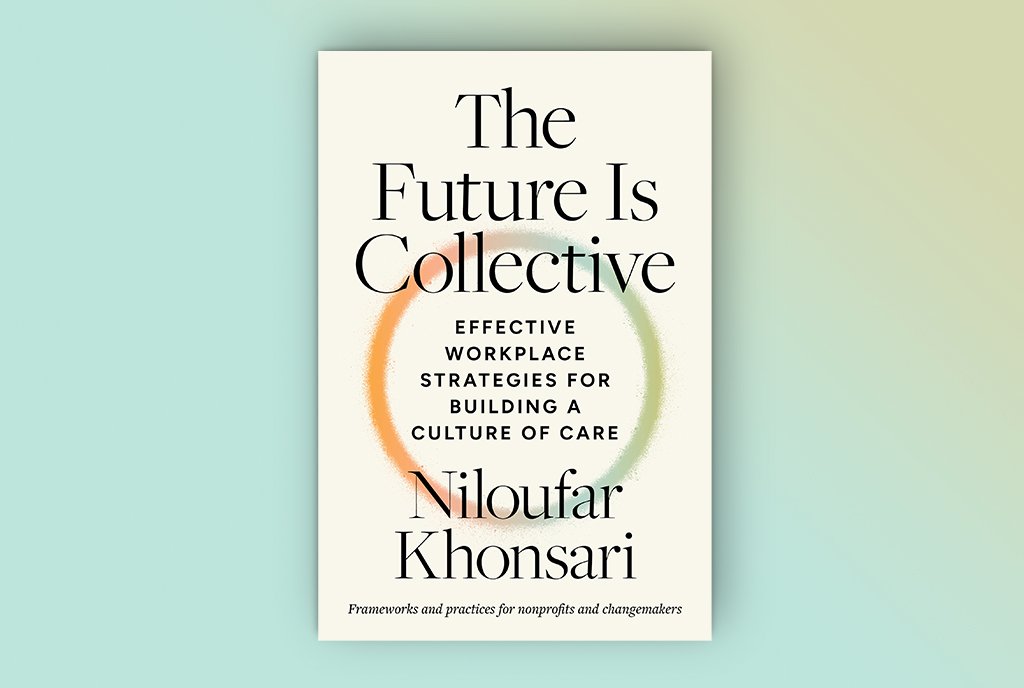
"I was getting a lot of inquiries about the structure and the organizing model we had built at Pangea [Legal] Services and how we practiced collective governance in both these areas. At the time, I was an immigration attorney representing deportation defense clients, immigrants in detention, immigrants at risk of deportation, and also organizing, working with organizers, doing busy work, and doing internal governance."
"I kept noticing that the loudest voices or the most recognized voices about leadership and organizational design were often really removed from the day-to-day practices. They came from really brilliant people-professors, consultants, philosophers-but not necessarily grounded in nonprofits and movement building. "What an executive leader has to do to let go of the title...is both a very personal, deeply reflective process and a collective process." I wrote The Future Is Collective as a reflection and acknowledgment of the wisdom of our Indigenous ancestors, of Black women, of other BIPOC leaders, of gender expansive folks, and my own personal experiences in leadership, organizing, movement building, and the nonprofit space."
A collective governance model was built at Pangea Legal Services and practitioners sought guidance about its structure and organizing model. Legal representation included deportation defense clients, immigrants in detention, and those at risk of deportation, alongside organizing duties and internal governance work. Practical experience with collective structures informed leadership practices rather than abstract theory. Prominent leadership voices often originated from academics and consultants removed from nonprofit day-to-day realities. Letting go of a traditional executive title required both deep personal reflection and collective processes. The work centers acknowledgment of Indigenous ancestors, Black women, other BIPOC leaders, and gender-expansive practices as foundational.
Read at Non Profit News | Nonprofit Quarterly
Unable to calculate read time
Collection
[
|
...
]